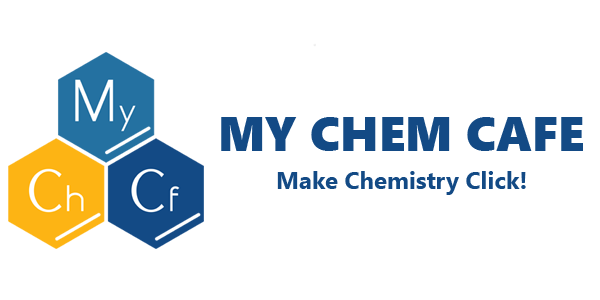9. The Chemistry behind Coffee
How much caffeine is there in your coffee?
According to the latest coffee statistics from the International Coffee Organization (ICO), we pour about 1.4 billion cups of coffee a day worldwide. Tired? Grab a cup (or can) of coffee! As we grow up, coffee gradually becomes an increasingly integral part of our day as we rely on it for caffeine – the ‘magic’ substance that keeps us awake. We oscillate between a cup of “atas” coffee when we’re feeling classy, a can of coffee on the go when we’re in a rush and our dear ‘Kopi O’ when we want to appreciate a true brew of heritage at our beloved coffee shops.
However, do we truly know the caffeine content of our coffee? Which one should I drink when I want a more concentrated dose of caffeine to wake myself up? These questions can all be answered complemented with chemistry tuition – not overtly complex chemical equations and concepts, but rather concepts learnt in IB and A Level Chemistry!
 Caffeine Molecule (Images from: https://en.wikipedia.org/wiki/Caffeine)
Caffeine Molecule (Images from: https://en.wikipedia.org/wiki/Caffeine)
The Chemistry behind the extraction of caffeine
Caffeine, the world’s most consumed psychoactive drug, is a polar and organic molecule. However, when found in coffee, it comes with other compounds like tannins, chlorogenic acids and undecomposed chlorophyll. As such, if we want to extract caffeine from coffee, solid-liquid extraction must first be carried out to remove non-polar molecules before conducting liquid-liquid extraction to separate caffeine from other non-organic but water-soluble compounds. Liquid-liquid extraction is conducted in a separating funnel with an organic solvent of your choice, for example, ethyl acetate.
Fundamental chemistry concepts learnt in O Levels are at work here – understanding how to utilize each compound’s unique solubility properties to separate them from the coffee’s caffeine that is to be isolated. As such, a strong foundation in chemistry, especially Organic Chemistry, is essential and this can be achieved by studying smart with concise notes, understanding and not simply memorising concepts and learning to spot chemistry applications in our everyday life. These techniques will all be cultivated in chemistry tuition, under the watchful guidance of an experienced chemistry tutor and the curriculum team.
If we were to dive a little deeper, A Levels and IB chemistry concepts play key roles in helping one measure the concentration of the extracted caffeine obtained from the immiscible organic solvent layer in the separating funnel mentioned earlier. Ultraviolet spectrometry, a measuring process found in the A Levels and IB syllabus, is conducted to deduce the varying concentrations of the different extracted caffeine solutions by measuring absorbance. Despite being a new topic, students should not be intimidated as tips on how to analyze experimental results will be taught in chemistry tuition with the help of a chemistry tutor, preparing students to analyze trends critically in this age filled with data.
Caffeine content and your favourite cuppa
Based on this simple experiment, one would mostly find Kopi ‘O’ to come out on top as the coffee with the highest concentration of caffeine as it is commonly made up of Robusta coffee. On the other hand, Arabica coffee has a lower caffeine concentration. Of course, where you buy the coffee and special requests (like an extra shot of coffee) affect results if you were to repeat the experiment.
For the exploration of more real-life applications of chemistry, read our other articles and join our chemistry tuition classes! With the support of a knowledgeable chemistry tutor, we explore not only chemistry in our syllabus but in our daily lives and train students to think analytically to tackle all types of exam questions. This is particularly useful for IB students as they embark on their Internal Assessments (IA) that requires them to investigate a personal curiosity with regards to chemistry’s real-life application.
Click HERE to read next
Chemistry Tuition Singapore @ MY CHEM CAFE
Principal Chemistry Tutor: Mr. Jacky Wong

